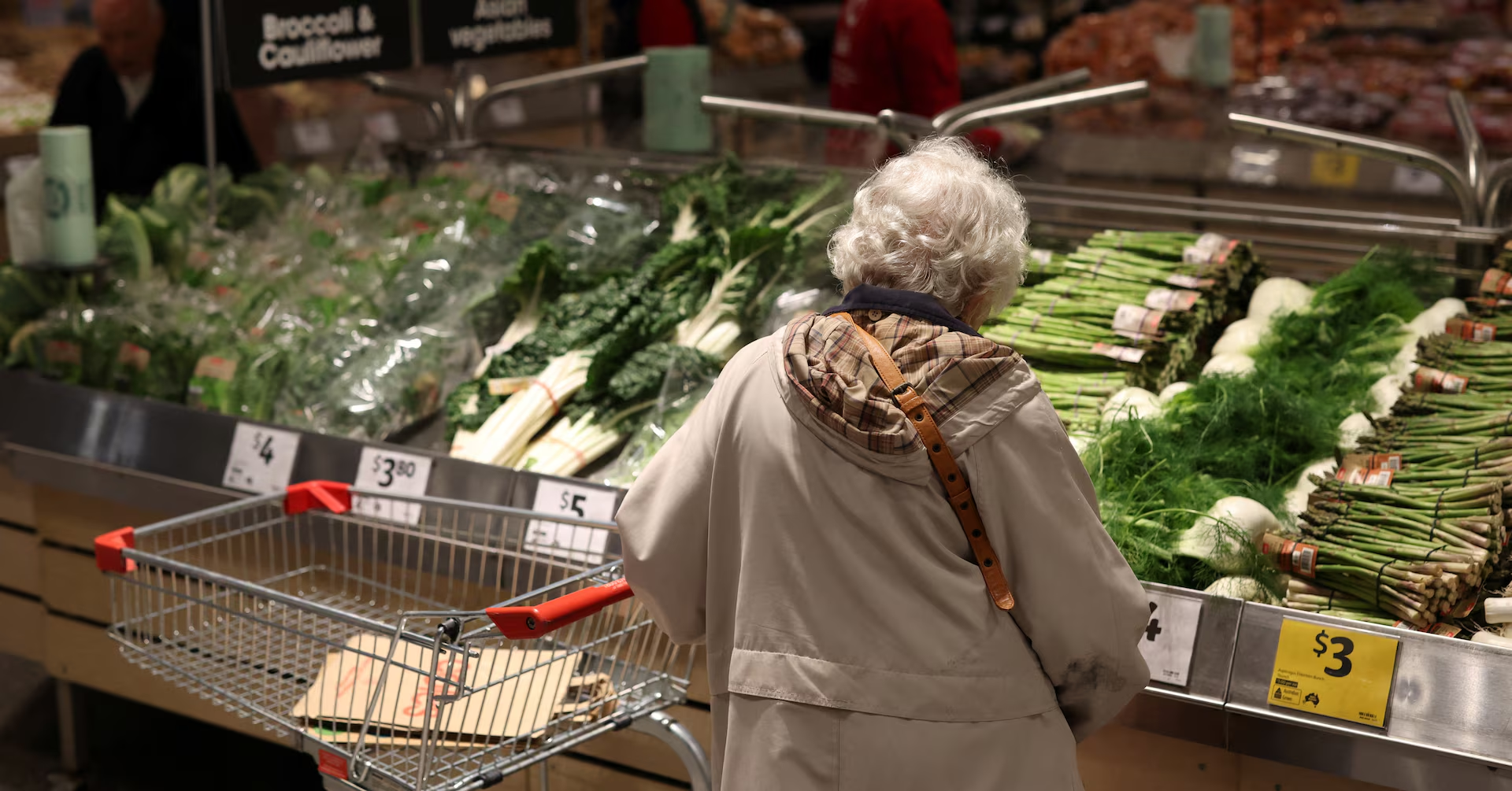LONDON, Nov 7 (Reuters) – World food commodity prices fell for a second consecutive month in October, driven largely by ample global supplies, the United Nations’ Food and Agriculture Organization said on Friday.
The FAO Food Price Index, which tracks a basket of globally traded food commodities, averaged 126.4 points in October, down from a revised 128.5 in September.
Sign up here.
The index was down slightly compared to its October 2024 level and stood 21.1% below its March 2022 peak.
It had climbed to a two-year peak in July before stabilising in August and dropping in September thanks largely to sugar price falls.
The FAO’s sugar index fell again in October, dropping 5.3% to its lowest since December 2020, amid strong output in Brazil, anticipated output growth in Thailand and India, and lower crude oil prices.
The dairy price index also fell, slumping 3.4% from September thanks to weaker milk powder quotations and lower butter prices, which dropped due to ample export availability from the European Union and New Zealand.
The meat index eased 2% in October after eight monthly gains, with pig and poultry prices dropping sharply, but bovine prices continuing to head higher thanks to strong global demand.
Vegetable oils rose 0.9%, reaching their highest since July 2022.
In a separate report, the FAO forecast 2025 world cereal production at a record 2.990 billion metric tons, after projecting 2.971 billion tons last month.
The latest outlook was up 4.4% from 2024 output, with all major cereals expected to rise and both maize and rice output set to hit record highs.
Reporting by May Angel. Editing by Kevin Liffey and Mark Potter
Our Standards: The Thomson Reuters Trust Principles.
